How to Choose a Gaming Monitor in 2024
Gaming monitors are essential accessories for every gamer, providing the best possible gaming experience with smooth visuals and fast responses.
When choosing a gaming monitor, consider the following factors:
- Type of Game:
- Esports Games: For FPS games like Counter-Strike 2 or Valorant, a high refresh rate of at least 144 Hz is crucial, along with a screen size around 24 inches with Full HD resolution (1920x1080px). For games like League of Legends and Dota 2, a slightly larger screen is acceptable, but try not to exceed 27 inches.
- Role-Playing Games (RPGs): In the case of RPGs like Cyberpunk 2077 or Red Dead Redemption 2, both resolution and color reproduction are important. Opt for a monitor with at least WQHD (2560x1440px) or even 4K (3840x2160px) resolution if your computer can handle it. The screen size can go up to 32 inches.
- Refresh Rate. The refresh rate is the number of times the image is refreshed on the screen per second. Higher refresh rates, like 144 Hz or more, are recommended for esports games. For RPGs, a refresh rate of 75 Hz may suffice, but future-proofing with a higher refresh rate monitor and technologies like G-SYNC or FreeSync is advisable.
- Input Lag. Input lag is the time it takes for a keypress or mouse click to be displayed on the screen. For esports games, the recommended monitor lag is no more than 1 ms.
- Dynamic Sync Technology. Sync technology eliminates screen tearing during dynamic gameplay. G-SYNC or FreeSync technologies are beneficial, and their configuration is detailed in the provided article: How to Properly Configure G-Sync and FreeSync in 2024
- Screen Size. For esports games, a screen size between 24 and 27 inches is recommended. For RPGs, a larger monitor is acceptable, but exceeding 32 inches may create a more „couch gaming” experience suited for consoles.
- Screen Resolution. Screen resolution is the number of pixels that make up an image. The higher the screen resolution, the more detailed the image. Depending on your needs, you can opt for resolutions like 1080p, 1440p, or even 4K. It’s important to note that for a resolution of 1440p, you’ll need a significantly more powerful computer, and many RPGs may require a high-end graphics card. Considering a 4K resolution is worthwhile only if you have a top-of-the-line computer, often costing several thousand dollars.
- Panel Type. There are three primary types of panels: TN, VA, and IPS.
- TN Panels: Provide the best response time but the poorest color reproduction. Currently, manufacturers rarely use TN panels in the gaming segment.
- VA Panels: Offer a good compromise between response time and color reproduction, but may have issues with smearing, which is significantly less common in IPS panels.
- IPS Panels: Provide the best color reproduction, but the response time may potentially be slower compared to TN and VA panels. Fortunately, modern IPS panels have very low latency, comparable to TN panels, unlike in the past. Leading gaming monitors now exclusively feature fast IPS panels, and I will aim to include such panels in most recommendations.
- Price. Gaming monitor very in price for few hundred to several thousand of dolars.
Choosing a gaming monitor is not an easy task. It’s necessary to take into account many factors to find a model that meets our needs and financial capabilities.
Additional Tips:
- Consider the size of your desk or gaming setup. A larger monitor will require more space but will also provide a more immersive experience.
- Think about the type of games you play. If you engage in dynamic esports games, you’ll need a monitor with a high refresh rate to avoid screen tearing.
- Evaluate your budget. Gaming monitors can range from a few hundred złotys to several thousand złotys. You don’t always need to purchase the most expensive monitor; sometimes a more affordable option may better suit your needs than a pricier, widely recognized brand.
Monitors under 180$
| Model | Ekran | Częstotliwość odświeżania | Opóźnienie | Technologia odświeżania | Cena | |
|---|---|---|---|---|---|---|
 | PHILIPS Momentum 24M1N3200ZA/00 IPS | 23,8″ 1080p | 165 Hz | 1 ms | G-SYNC Compatible & FreeSync Premium | 639,85 zł |
 | LG UltraGear 24GN60R IPS | 23,8″ 1080p | 144 Hz | 1 ms | FreeSync Premium & Adaptive-Sync | 689,00 zł |
 | AOC 24G2SPAE IPS | 23,8″ 1080p | 165 Hz | 1 ms | FreeSync Premium & Adaptive-Sync | 629,00 zł |
 | ACER Nitro QG240YS3BIPX | 23,8″ 1080p | 180 Hz | 1 ms | FreeSync | 599,00 zł |
 | ASUS VY249HGE IPS | 23,8″ 1080p | 144 Hz | 1 ms | FreeSync Premium & Adaptive-Sync | 699,00 zł |
| Ciekawa opcja | ||||||
 | PHILIPS Evnia 25M2N3200W/00 VA | 24,5″ 1080p | 240 Hz | 0,5 ms | Adaptive-Sync | 699,00 zł |
Monitors under 250$
| Model | Ekran | Częstotliwość odświeżania | Opóźnienie | Technologia odświeżania | Cena | |
|---|---|---|---|---|---|---|
 | Samsung Odyssey G40B IPS | 25,0″ 1080p | 240 Hz | 1 ms | G-SYNC Compatible & FreeSync Premium | 999,00 zł |
 | AOC 25G3ZM VA | 24,5″ 1080p | 240 Hz | 0,5 ms | FreeSync Premium & Adaptive-Sync | 819,00 zł |
 | ASUS TUF Gaming VG249Q3A IPS | 23,8″ 1080p | 180 Hz | 1 ms | FreeSync Premium | 878,49 zł |
 | HP Omen 25I IPS | 24,5″ 1080p | 165 Hz | 1 ms | G-SYNC Compatible & FreeSync Premium Pro | 899,00 zł |
 | LENOVO Legion R25i-30 IPS | 24,5″ 1080p | 144 Hz | 0,5 ms | FreeSync Premium | 699,00 zł |
| Ciekawa opcja | ||||||
 | AOC Q24G2A/BK IPS | 23,8″ 1440p | 165 Hz | 1 ms | G-SYNC Compatible & FreeSync | 999,99 zł |
Considering this budget, I would suggest avoiding 27-inch monitors.
Monitors under 380$
| Model | Ekran | Częstotliwość odświeżania | Opóźnienie | Technologia odświeżania | Cena | |
|---|---|---|---|---|---|---|
 | ASUS TUF Gaming VG259QM IPS | 24,5″ 1080p | 280 Hz | 1 ms | G-SYNC Compatible & FreeSync Premium | 1424,26 zł |
 | ACER Predator XB253QGW IPS | 24,5″ 1080p | 280 Hz | 1 ms | G-SYNC Compatible & Adaptive-Sync | 1449,99 zł |
 | ASUS TUF Gaming VG249QM1A IPS | 23,8″ 1080p | 270 Hz | 1 ms | G-SYNC Compatible & FreeSync Premium | 1218,99 zł |
| Model | Ekran | Częstotliwość odświeżania | Opóźnienie | Technologia odświeżania | Cena | |
|---|---|---|---|---|---|---|
 | LG UltraGear 27GN800P IPS | 27″ 1440p | 144 Hz | 1 ms | G-SYNC Compatible & FreeSync Premium | 1099,00 zł |
 | LG UltraGear 27GP850P Nano IPS | 27″ 1440p | 165 Hz | 1 ms | G-SYNC Compatible & Adaptive-Sync | 1489,00 zł |
 | ASUS TUF VG27AQ IPS | 27″ 1440p | 165 Hz | 1 ms | G-SYNC Compatible | 1269,00 zł |
| Ciekawa opcja | ||||||
 | HP Omen 32q IPS | 31,5″ 1440p | 165 Hz | 1 ms | FreeSync Premium | 1399,00 zł |
Monitors over 380$
| Model | Ekran | Częstotliwość odświeżania | Opóźnienie | Technologia odświeżania | Cena | |
|---|---|---|---|---|---|---|
 | DELL Alienware AW2523HF IPS | 24,5″ 1080p | 360 Hz | 0,5 ms | FreeSync Premium & Adaptive-Sync | 1779,00 zł |
 | ASUS ROG Strix XG259QN IPS | 24,5″ 1080p | 380 Hz | 1 ms | FreeSync Premium | 2289,00 zł |
 | AOC Agon Pro AG274qg IPS | 27″ 1440p | 240 Hz | 1 ms | G-SYNC Ultimate | 2499,00 zł |
 | SAMSUNG Odyssey G7 LS32BG700EUXEN IPS | 32″ 2160p | 144 Hz | 1 ms | G-SYNC Compatible & FreeSync Preium Pro | 2999,00 zł |
 | PHILIPS Momentum 279M1RV Nano IPS | 27″ 2160p | 144 Hz | 1 ms | G-SYNC Compatible & FreeSync Preium Pro | 3699,00 zł |
| Ciekawa opcja | ||||||
 | DELL Alienware AW2524HF Fast IPS | 24,5″ 1080p | 500 Hz | 0,5 ms | G-SYNC Compatible & FreeSync Premium | 2899,00 zł |
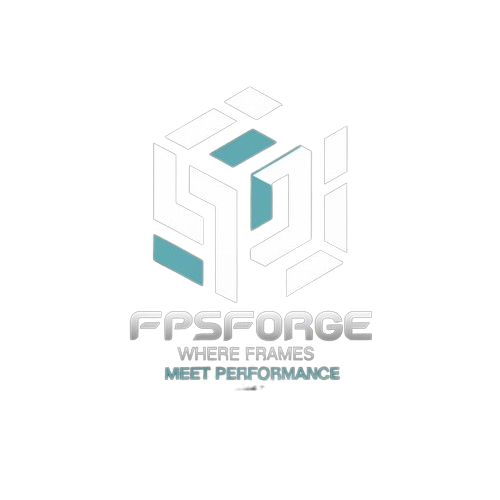
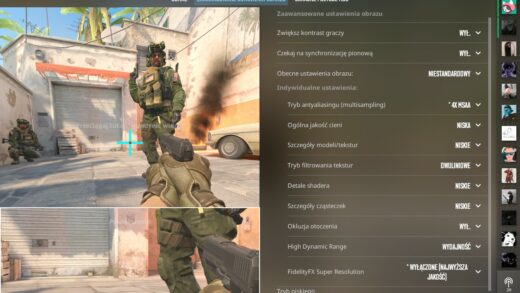
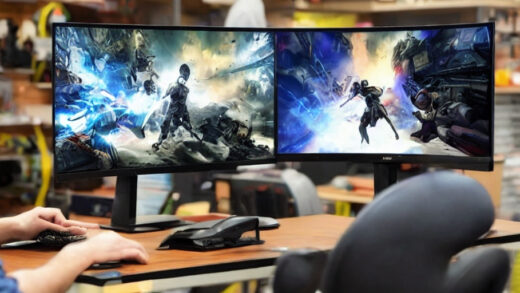
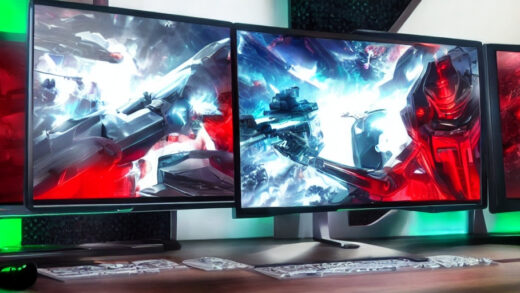
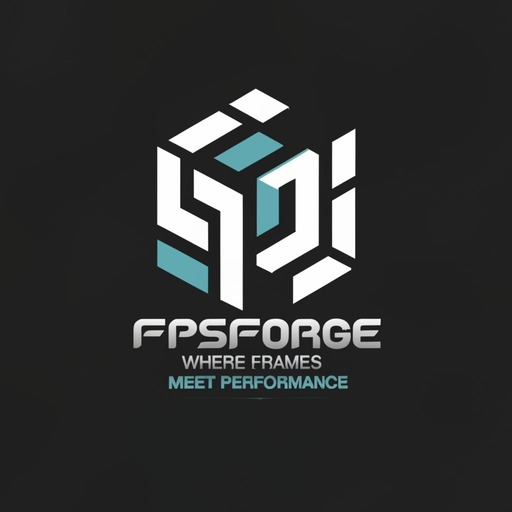
Najnowsze komentarze